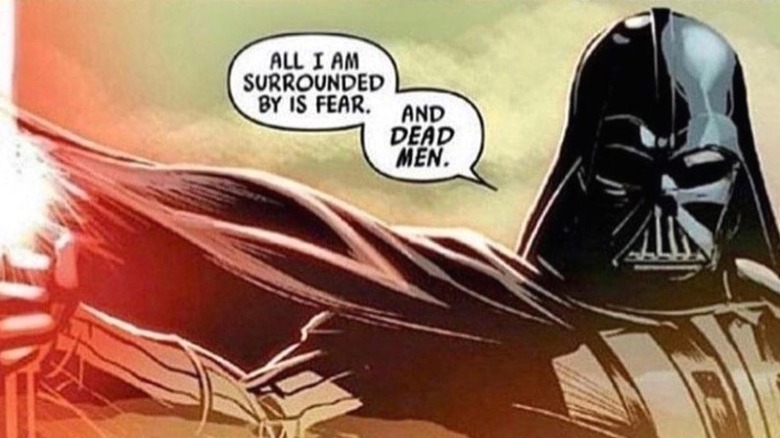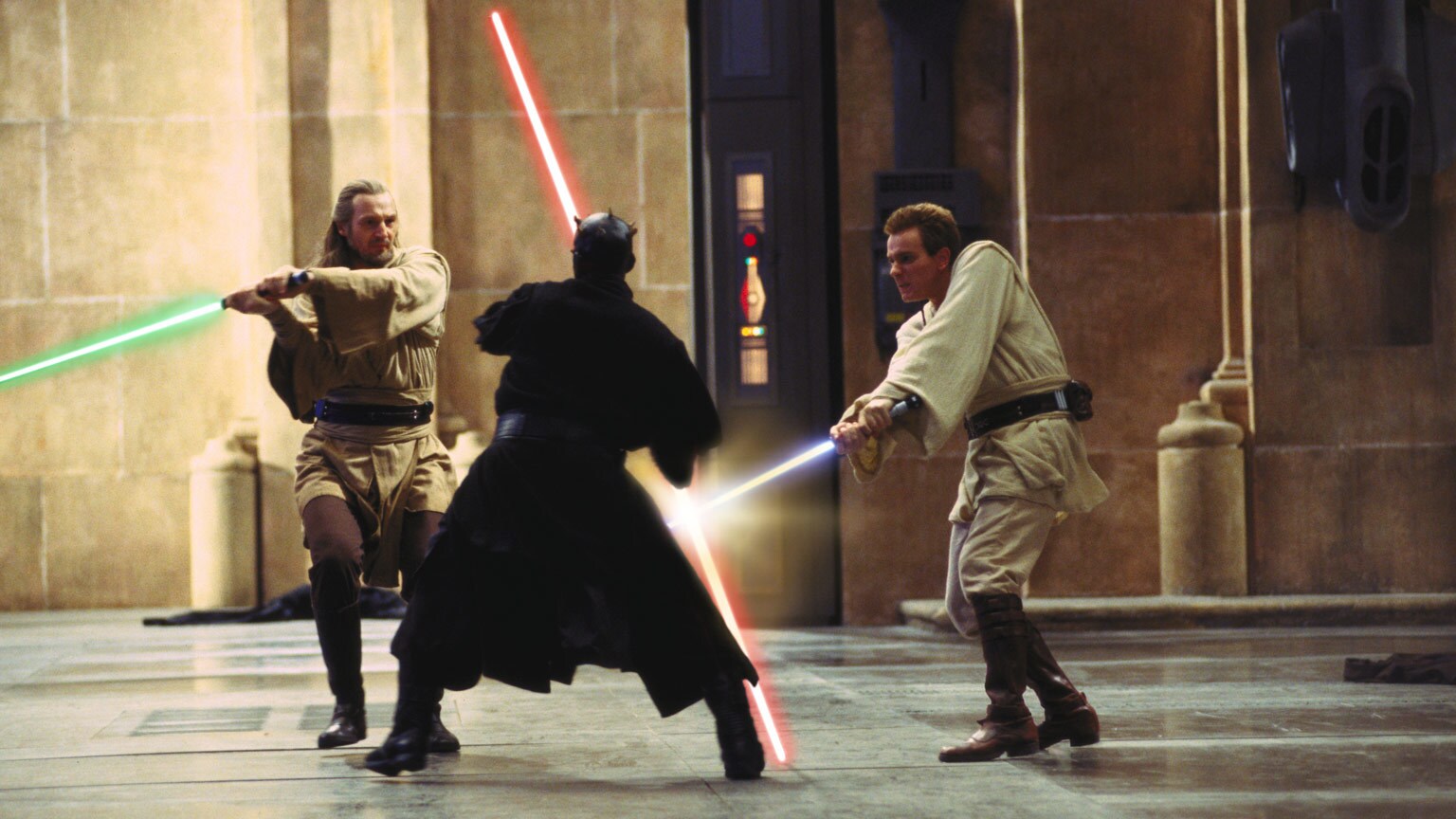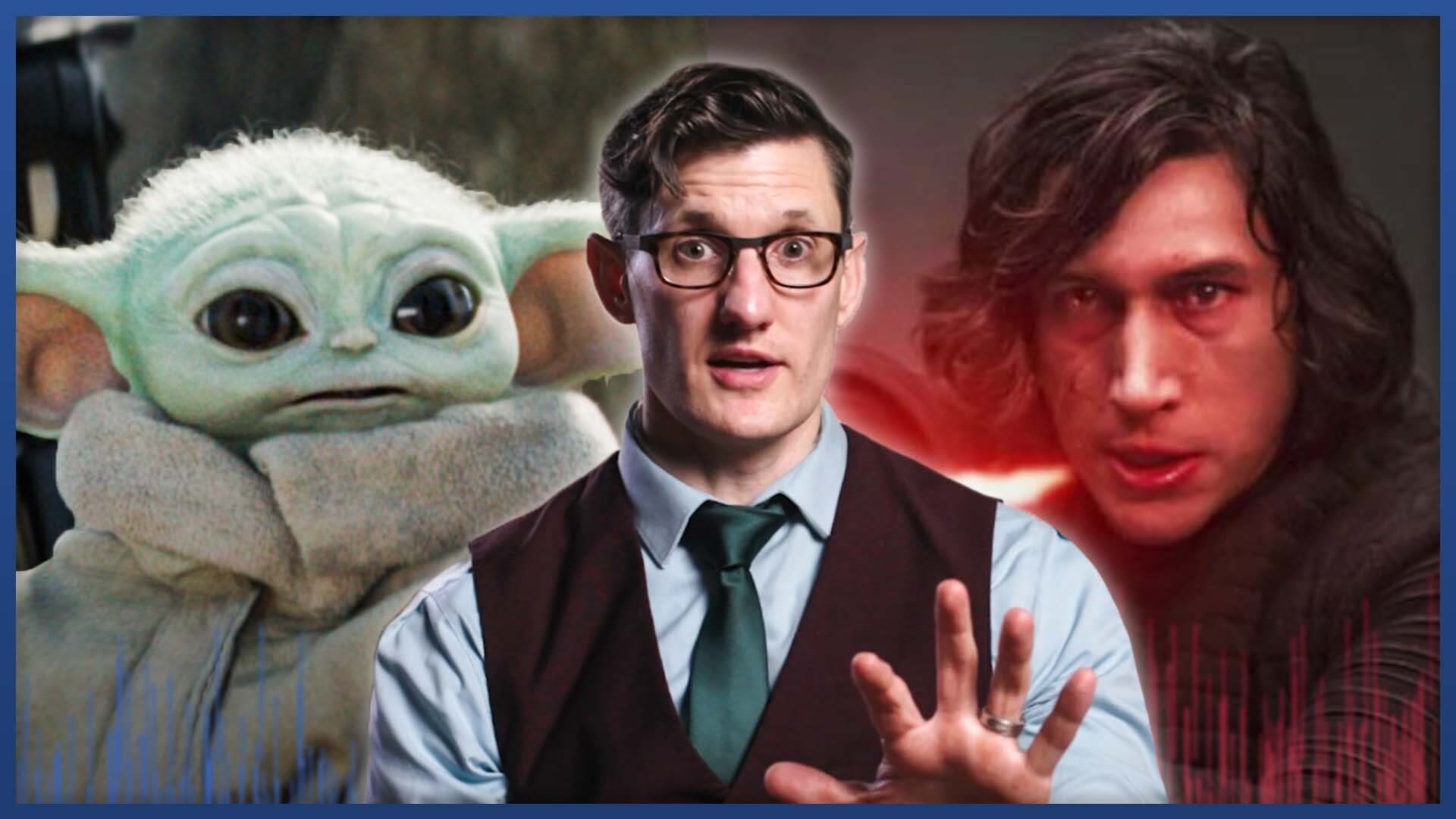News
The Force is strong with this one Star Wars and Male Discomfort
In a galaxy far, far away, there exists a beloved franchise that has captured the imaginations of countless people worldwide: Star Wars. With its epic space battles, intriguing characters, and timeless themes, it’s no wonder that Star Wars has become a cultural phenomenon. However, beneath the surface of this iconic series lies a deeper truth: Star Wars makes some men uncomfortable. This discomfort can be attributed to various factors, ranging from the portrayal of gender roles to the franchise’s exploration of complex themes that challenge traditional notions of masculinity. While Star Wars has been praised for its groundbreaking female characters, some men have expressed unease with the way the series depicts masculinity.
The Evolving Landscape of Masculinity in Star Wars

Throughout the Star Wars saga, we witness a diverse array of male characters, each embodying distinct aspects of masculinity. From the noble and wise Obi-Wan Kenobi to the conflicted and tortured Darth Vader, these characters reflect the complexities and contradictions of the human experience. However, it’s important to recognize that the portrayal of masculinity in Star Wars has evolved over time, reflecting societal shifts and changing cultural norms. In the original trilogy, masculinity is often defined by physical strength, stoicism, and a sense of duty. Characters like Han Solo and Luke Skywalker represent this traditional archetype, while also showcasing traits such as bravery, loyalty, and determination.
Traditional Gender Roles in the Original Trilogy
In the original Star Wars trilogy, released in the late 1970s and early 1980s, traditional gender roles were prevalent. Men were expected to be strong, brave, and in control, while women were often relegated to supporting roles or portrayed as damsels in distress. This can be seen in the character of Princess Leia, who, despite being a leader of the Rebel Alliance, is still depicted as needing to be rescued by the male protagonists. Additionally, Leia’s iconic gold bikini in Return of the Jedi has been criticized for objectifying her and reducing her character to a sexualized object.
On the other hand, male characters like Han Solo and Luke Skywalker are portrayed as confident, daring, and in control of their own destinies. They are the ones who make decisions and take action, while female characters like Leia are often relegated to supporting roles or used as plot devices. This reinforces traditional gender stereotypes and can make some men uncomfortable with the idea of women being equal to or even surpassing them in terms of strength and agency.
The Rise of Toxic Masculinity in the Prequel Trilogy
With the release of the prequel trilogy in the late 1990s and early 2000s, we see a shift in the portrayal of masculinity in Star Wars. The character of Anakin Skywalker, who eventually becomes Darth Vader, is a prime example of toxic masculinity. He is driven by his desire for power and control, leading him down a dark path that ultimately destroys him. Anakin’s inability to control his emotions and his need to prove himself as the most powerful and dominant force in the galaxy are clear signs of toxic masculinity.
Moreover, the prequel trilogy also introduces the concept of the Jedi Order and their strict code of conduct, which includes suppressing emotions and avoiding attachments. This can be seen as a form of toxic masculinity, as it promotes the idea that men should not express their feelings or form meaningful relationships. This is exemplified in the relationship between Anakin and Padme, where Anakin’s fear of losing her leads him to become possessive and controlling, ultimately contributing to his descent into darkness.
Breaking the Mold: Challenging Traditional Notions of Masculinity

While the original and prequel trilogies may have reinforced traditional gender roles and toxic masculinity, the newer Star Wars films have taken a different approach. The sequel trilogy, as well as the standalone films, have introduced more diverse and complex male characters, challenging traditional notions of masculinity and promoting a healthier understanding of what it means to be a man.
The Rise of Vulnerability in the Sequel Trilogy
In the sequel trilogy, we see a shift towards more vulnerable and emotionally open male characters. Kylo Ren, the main antagonist, struggles with his emotions and constantly battles between the light and dark sides of the Force. This inner turmoil and vulnerability make him a more complex and relatable character, breaking away from the traditional stoic and emotionless portrayal of masculinity.
Additionally, the character of Finn challenges traditional gender roles by rejecting his role as a Stormtrooper and choosing to fight for what he believes is right. He also forms a close bond with Rey, showcasing that men can have meaningful relationships with women without being romantically involved. This goes against the toxic masculinity portrayed in the prequel trilogy and promotes a healthier understanding of masculinity.
Embracing Diversity in the Standalone Films
The standalone films, such as Rogue One and Solo, also contribute to the evolution of masculinity in Star Wars by introducing more diverse male characters. In Rogue One, we see a group of rebels from different backgrounds and cultures coming together to fight for a common cause. This diversity extends to the male characters, who each bring their own unique strengths and vulnerabilities to the team.
Similarly, in Solo, we are introduced to a young Han Solo who is not yet the confident and cocky smuggler we know from the original trilogy. Instead, we see a more vulnerable and uncertain version of him, struggling to find his place in the galaxy. This portrayal of Han Solo challenges the traditional archetype of the strong and fearless male hero, showing that even the most iconic characters can have moments of doubt and vulnerability.
The Impact of Toxic Masculinity on Male Viewers

Despite the evolution of masculinity in Star Wars, there are still some male viewers who feel uncomfortable with the franchise’s portrayal of gender roles and toxic masculinity. This discomfort can stem from a fear of losing power and control, as well as a lack of understanding of what it means to be a man in today’s society.
Toxic masculinity not only affects men but also has a negative impact on women and other marginalized groups. It perpetuates harmful stereotypes and reinforces the idea that men must conform to a certain set of behaviors and characteristics in order to be considered “masculine.” This can lead to feelings of inadequacy and pressure to conform, ultimately causing harm to individuals and society as a whole.
Video

Conclusion: Embracing Diversity and Challenging Traditional Notions of Masculinity

In conclusion, while Star Wars may make some men uncomfortable with its portrayal of masculinity, it is important to recognize that the franchise has evolved over time and continues to challenge traditional gender roles and toxic masculinity. By embracing diversity and showcasing a range of male characters with different strengths and vulnerabilities, Star Wars promotes a healthier understanding of masculinity and encourages viewers to break away from harmful stereotypes. As we continue to explore the galaxy far, far away, let us remember that strength and courage come in many forms, and true masculinity lies in being true to oneself and standing up for what is right. May the Force be with us all.


